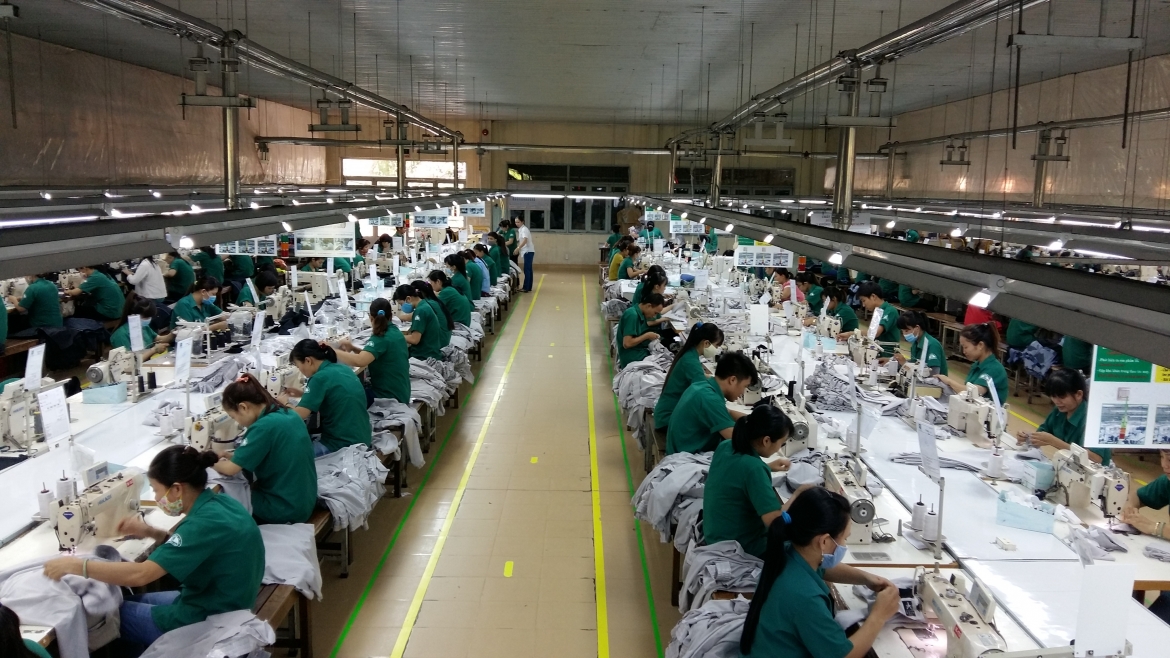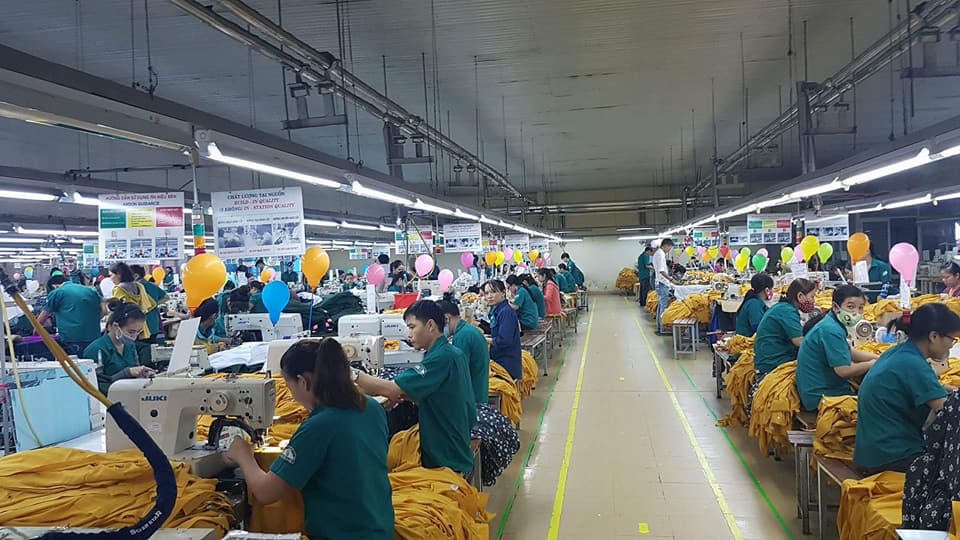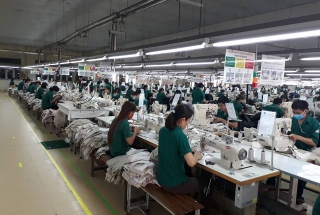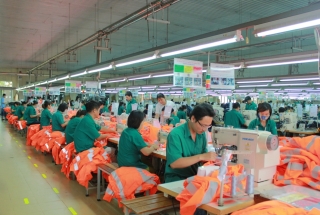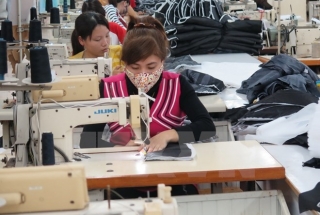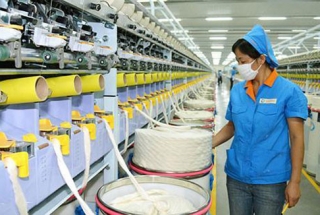Textiles try to keep the yard
Along with finding export markets, garment companies are looking to keep their domestic market by focusing on a few spikes.
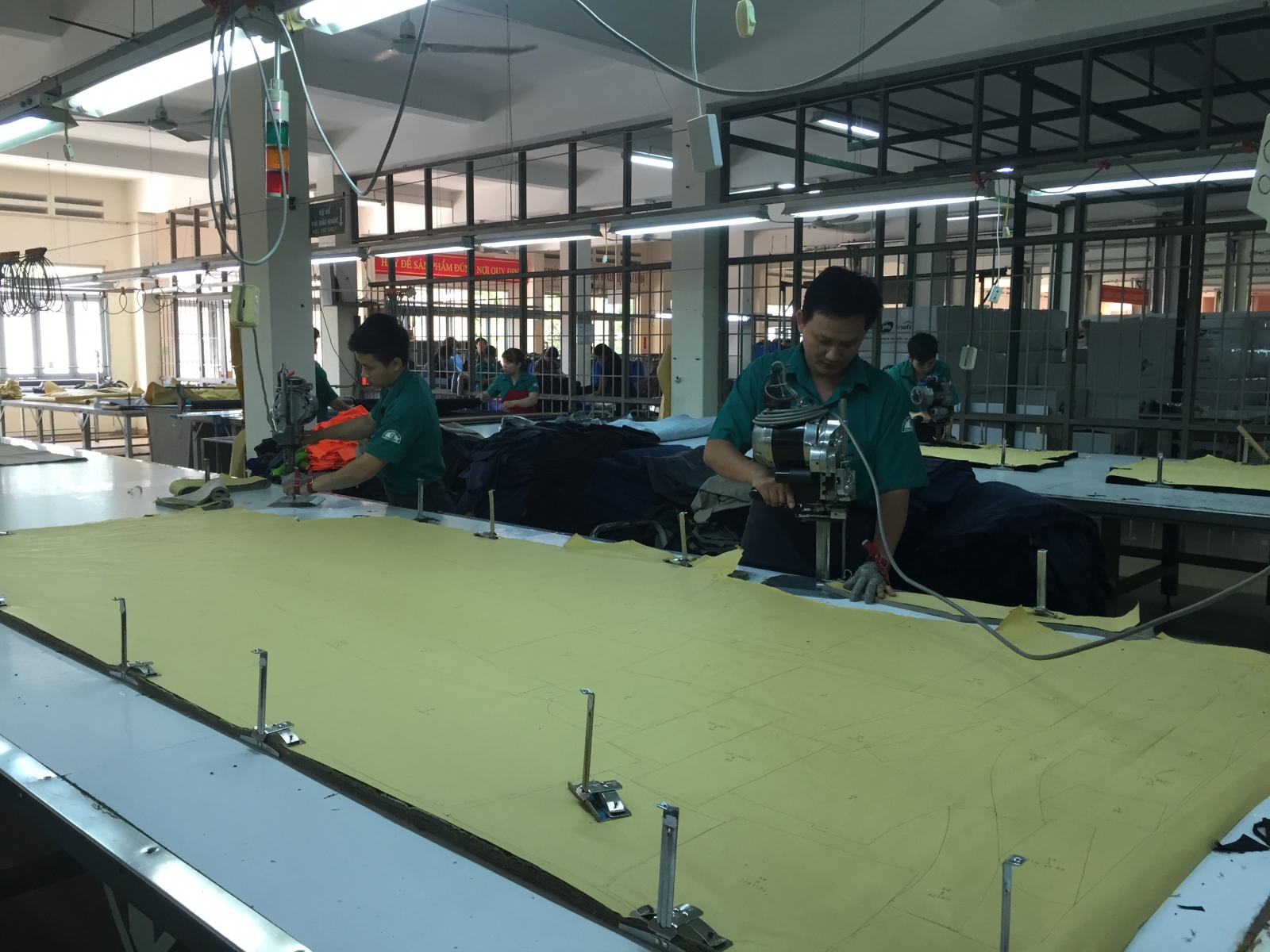
Small market size
The best way is to 100 million people love, love Vietnamese goods by using new products and contribute ideas to make products competitive. If consumers have used then continue to use and together with the branding business to help businesses have the ability to compete better.
Ms. Nguyen Thi Thanh Huyen, General Director of Garment Corporation 10
After a long time just to worry for export, many businesses have thought of "go" with two legs, ie just export focus for the domestic market. Domestic consumption of textiles and clothing increased by an average of 10-15% per year, with a scale of 4.5 billion USD, plus a population of nearly 100 million people, which are ideal conditions for garment enterprises to occupy. floor.
As a person attached to the textile industry for many years, Le Tien Truong, General Director of Vietnam Textile and Garment Group (Vinatex) gave another view on the domination of the domestic market. Truong said that while the production capacity of the industry has reached $ 35 billion, the $ 4.5 billion scale is too small and has no place to regulate production when exports decline.
Looking at the neighboring countries can clearly see that. For example, China's export capacity is $ 260 billion, the domestic market is $ 260 billion, India has three times the domestic market, while Indonesia has twice the domestic market. XK. Therefore, when the export market is generally difficult, these countries still have the basis to withdraw and develop the domestic market. Meanwhile, our entire domestic market only meets approximately two months of production in the industry, so it does not create a balance for export and will create more difficulties than in other countries. Has a large domestic market, "Truong said.
Not only the size of the small market, the problem of smuggled goods, floating goods, unknown origin spread into rural areas, making Vietnamese garment products have to compete fiercely with imported goods of unknown origin. By this time, in rural areas, the market share of Vietnam's textile and apparel industry only accounts for 20% while urban areas account for 55-60%. Mr. Truong said that if it does not solve thoroughly thoroughly smuggled goods, floating, tax evasion and unprocessed trading methods, it is difficult for domestic enterprises to produce and do business in the formal and competitive with the goods. This chemistry.
In the metropolitan area, although the proportion of 55-60%, the products of domestic enterprises also have to compete for market share with imports from the ASEAN region as tariffs decrease according to the commitments. Not to mention, the psychology of a large part of the population still.
Focus on the spearhead
With such small domestic market size, Truong said that it is impossible to "make home-made home." With just $ 4.5 billion, 6,000 businesses share with each other, not to mention imports are difficult. If all enterprises follow the domestic development movement, it will be difficult to maintain the effectiveness of the domestic market. Therefore, it is still necessary to have a certain point in maintaining the domestic market.
The point that the textile industry is targeting is to enter into companies with good market share in the domestic market, to promote enterprises to scale up to reduce costs and the use of common distribution system. The Vinatex leader, for example, said that Viet Tien's distribution system only has clothes but there are 3,000 outlets in the country. Therefore, the plan of using the distribution system will be the distribution of underwear of Xuan Xuan Knitting, bed linen of Phong Phu ... These are complementary goods, not competing.
In fact, this option reduces system development costs - a huge expense in Vietnam. Currently most retailers in Vietnam find the biggest challenge of leasing fees and loyalty of tenants to tenants. "If you sell well maybe 2 years after no lease anymore no one dare to thrive because no one can be sure how long can hold that position," said Truong said.
In addition, consumer behavior in Vietnam has improved in the big cities, shopping in the commercial centers, but now the commercial center is not the mainstream of the Vietnamese, still buying retail. much. This is an advantage for textile and garment enterprises to apply the plan of linking and using the same distribution system. This linkage helps businesses develop diversified stores with complementary goods as well as maximize the fixed asset performance.
| Currency | Buy | Sell |







